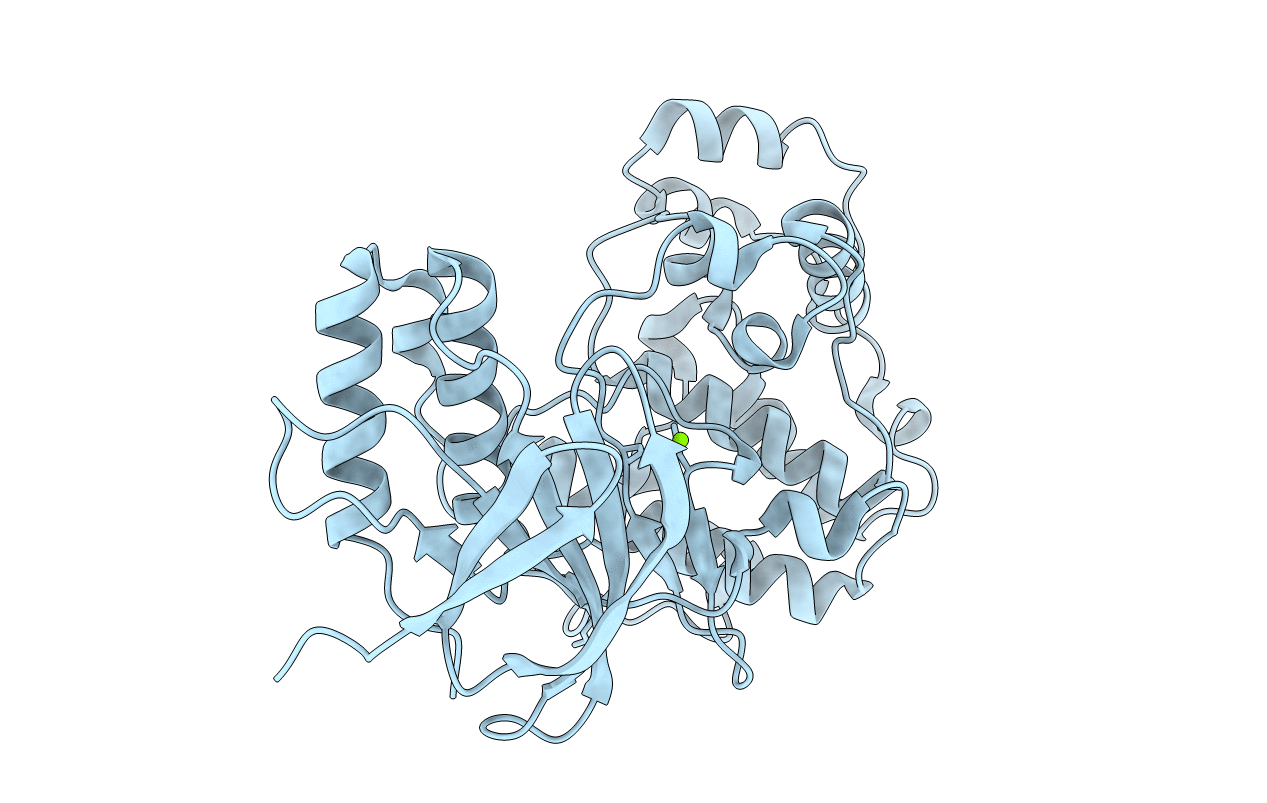
Deposition Date
2003-10-01
Release Date
2004-01-20
Last Version Date
2023-08-23
Method Details:
Experimental Method:
Resolution:
2.00 Å
R-Value Free:
0.22
R-Value Work:
0.2
R-Value Observed:
0.2
Space Group:
P 21 21 21


